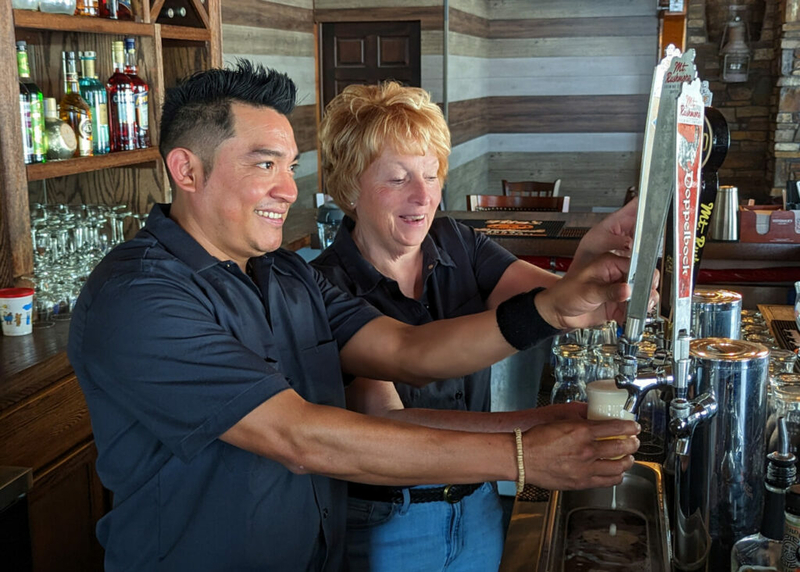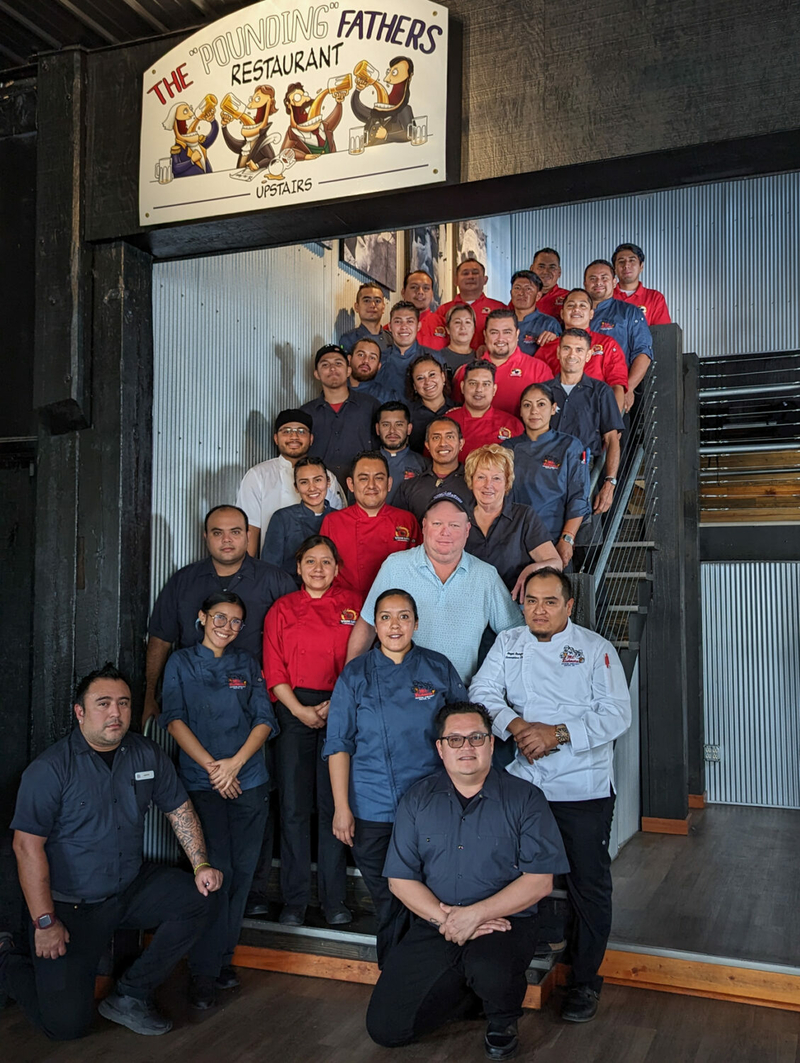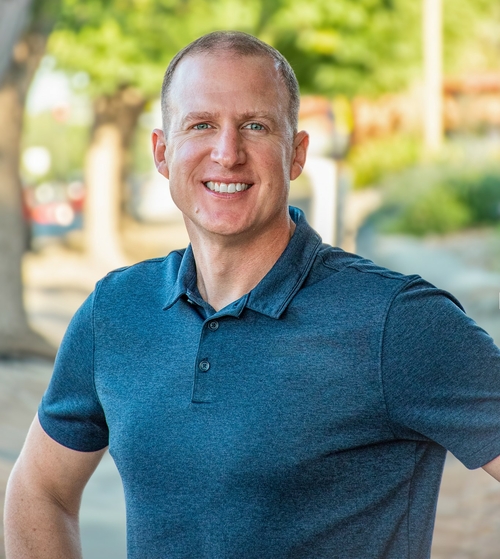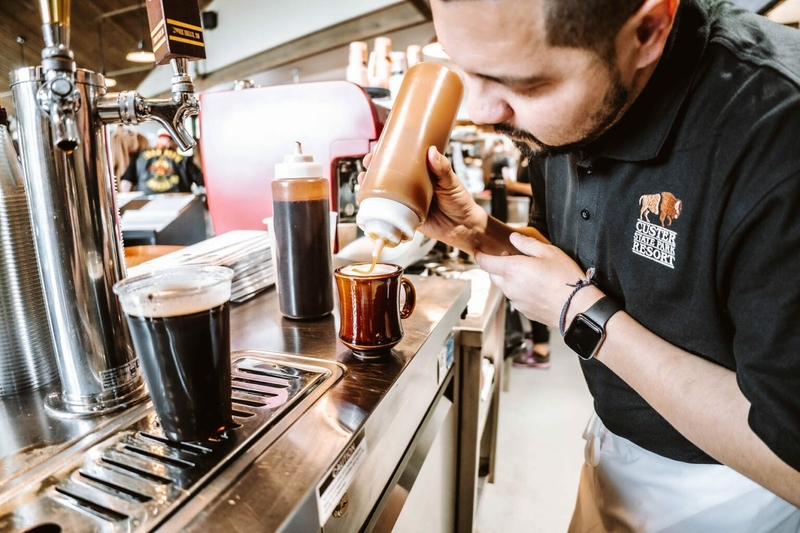Volatile, costly international visa program strains SD’s tourism industry

EDITOR’S NOTE: This is the first of two stories examining the challenges some South Dakota businesses face as they attempt to hire international workers. The second story examines challenges in the agricultural industry.
—
Janet Boyer estimates she spent over $40,000 arranging housing for international workers and transporting them to the Black Hills before she opened her doors for the tourist season this year.
Over 70 international workers cover cooking, serving and cleaning between her and her son’s four restaurants at Mt. Rushmore Brewing Co. and the Begging Burro.

The workers are here on visas, which are documents that allow foreigners to be in the United States temporarily. In Boyer’s case, her workers are on the H-2B visa program, which is a seasonal program for non-agriculture workers employed by U.S. businesses that will “suffer impending irreparable harm” because they can’t find local workers. Other South Dakota businesses rely on H-2A seasonal visas for agricultural workers; J-1 seasonal visas for college students; and TN professional visas through the North American Free Trade Agreement.
Hiring H-2B workers costs well above what it would cost to hire U.S. workers, Boyer said. But she doesn’t see another option — with the unemployment rate at a historically low 1.9% in South Dakota and fewer adults working second jobs, she can’t find local workers.
The H-2B program awarded her 41 international visa workers to meet seasonal demand at the restaurants this summer, and she has 30 other international workers returning from past seasons. That, paired with the 10 high school students she was able to find and hire from the Custer area this summer, isn’t a full staff and will barely cover the tourism season, she said.
She worries she won’t get enough traffic this summer to cover costs incurred from the visa program. She made just enough last year.
“My business is in jeopardy,” she said. “Going along and barely making it doesn’t cover the breakdown of equipment or any remodeling that might need to be done. Barely making it doesn’t let me invest in the company.”
How the system works
The federal government requires H-2B workers be paid wages higher than the minimum wage and the same as American workers, so Boyer pays her visa workers between $12 and $16 an hour depending on the position.
While transportation is required, Boyer voluntarily offers housing for her workers and charges them $10 a day “because there is not housing in South Dakota.”
“A government process that is this onerous, nonsensical and burdensome doesn’t do anyone any favors.”
“We don’t want to gouge these people. They’re up here working their butts off for their families,” Boyer said. “I want their kids to go to good schools and live in safe neighborhoods and have food on their tables. The whole purpose of this program is to help people out — they help us out and make the Black Hills shine.”
The H-2B program, which started in 1987, allows up to 66,000 international worker visas to fill seasonal job needs across the country each fiscal year. Workers can stay in one place for six months before moving to another part of the country to fill peak needs — such as Florida or Arizona during the winter.
Lack of action on immigration is ‘holding SD back,’ dairy farmers say
Boyer has been using the seasonal visa program for years. She and other South Dakota businesses rely on foreign worker programs, especially for the tourism industry. South Dakota businesses were awarded just under 2,000 H-2B workers this year.
But those South Dakota businesses competed for H-2B slots ahead of this year’s season — facing off against carnivals, fishing boats in Alaska, bed and breakfasts in Maine, golf courses, landscapers, and seasonal construction needs across the country.
Not every business gets the workers they ask for from the U.S. Citizenship and Immigration Services, which uses a lottery drawing system to prioritize businesses. That creates a volatile, uncertain and stressful system for owners like Boyer, because they don’t know until a few weeks before the season starts if they have enough workers to fill demand.
Federal solutions sought
Some members of Congress have been pushing for additional H-2B workers for years, including South Dakota Sens. John Thune and Mike Rounds. Rounds most recently joined a group of senators in early 2022 to call for about 65,000 additional visas, which resulted in the Department of Homeland Security and Department of Labor issuing a temporary increase of that amount in late 2022 for the remainder of fiscal year 2023.
Rep. Dusty Johnson, South Dakota’s lone House member, said Congress should make it harder for people to enter the country illegally while acknowledging delays and bureaucracy are keeping H-2B visa workers from filling workforce needs.
He doesn’t see immigration or worker visa reform agreements between parties happening until the executive branch partners with congressional Republicans to secure the border.
“It’s become increasingly unworkable over the last few years and it’s an area ripe for Congress to find some improvements,” Johnson said. “A government process that is this onerous, nonsensical and burdensome doesn’t do anyone any favors.”

Immigration and workforce needs have been a challenge for decades in the United States, said Nathan Sanderson, executive director for the South Dakota Retailers Association. The “political pushing and pulling” trickles down to the visa program and local businesses.
“The number one limiting factor for economic growth in South Dakota is workforce,” Sanderson said. “It’s difficult to put a number on it, but businesses in South Dakota could utilize thousands, tens of thousands of workers if they were available.”
And Sanderson doesn’t see a solution coming from Washington, D.C., soon. While the federal government expanded the number of H-2B workers for this year, “those Band-Aids aren’t very good,” Sanderson said.
“It’s expensive both in dollars and time to try and navigate the various visa programs out there,” Sanderson said. “It’s not ideal. A lot of businesses aren’t able to make it because they don’t have the workers, and that’s absolutely a factor that impacts the economic climate of South Dakota.”
Employers get creative to fill staff
Ramkota Companies, which operates the Custer State Park resorts in the Black Hills along with the Clubhouse Hotel and Suites and Ramkota Hotels across the state, received just over 60% of the H-2B workers the business applied for this year.
Ramkota President and CEO Josh Schmaltz said it’ll be “enough to get by.” Without receiving H-2B workers, the company’s Custer State Park restaurants would have to restrict the number of customers to the amount that the limited staff can handle, he explained.

“Someone might walk into the restaurant and see six empty tables but be told they can’t be seated for another 20 minutes,” Schmaltz said hypothetically. “There’s a lot of planning and strategy you have to take into consideration when you run short staffed while still maintaining a level of service and quality of product our guests deserve.”
Since Ramkota took over as concessionaire at Custer State Park in 2007, the company has always relied in some part on H-2B workers. The first year, the company employed roughly 175 H-2B workers out of an employee pool of 300.
Over time, Schmaltz was able to lower that number to 60 H-2B workers by hiring more domestic workers. This year, however, Ramkota applied for 80 H2-B workers but only received 50. The company employs another 60 or so international college students through another program and about 150 American workers.
“If we want to operate at normal levels at normal hours and meet the expectations of today’s travelers, we couldn’t do it with American workers,” Schmaltz said. “We absolutely need that H-2B program to fill these seasonal jobs.”

Wall Drug heavily relies on seasonal guest workers because “just getting help in general has been a struggle,” said HR director Anne Jo Spotted Bear. The tourist stop hires as many local employees as possible and fills in the gaps with international workers.
The business uses the J-1 visa program more than H-2B workers. J-1 is an international student program, allowing college students to stay in the United States during their summer break and work a seasonal job. They return to their home country after three or four months of work, Spotted Bear explained, which makes the program more limiting than the six months H-2B workers have. There is no limit for how many J-1 visas can be granted each year.
Spotted Bear estimates about 30% of the Wall Drug staff during the summer months are J-1 workers, about 10% are H-2B workers and the rest are American workers.
Wall Drug was able to help fill its worker needs with H-2B this summer, but the business doesn’t always “win the lottery.”
“It’s a gamble; you might get all your workers, some or none,” Spotted Bear said. “Almost every other year something happens where we don’t get some or we get none. We’ve had two of the last five years where we’ve gotten all the H-2B workers we’ve requested.”








